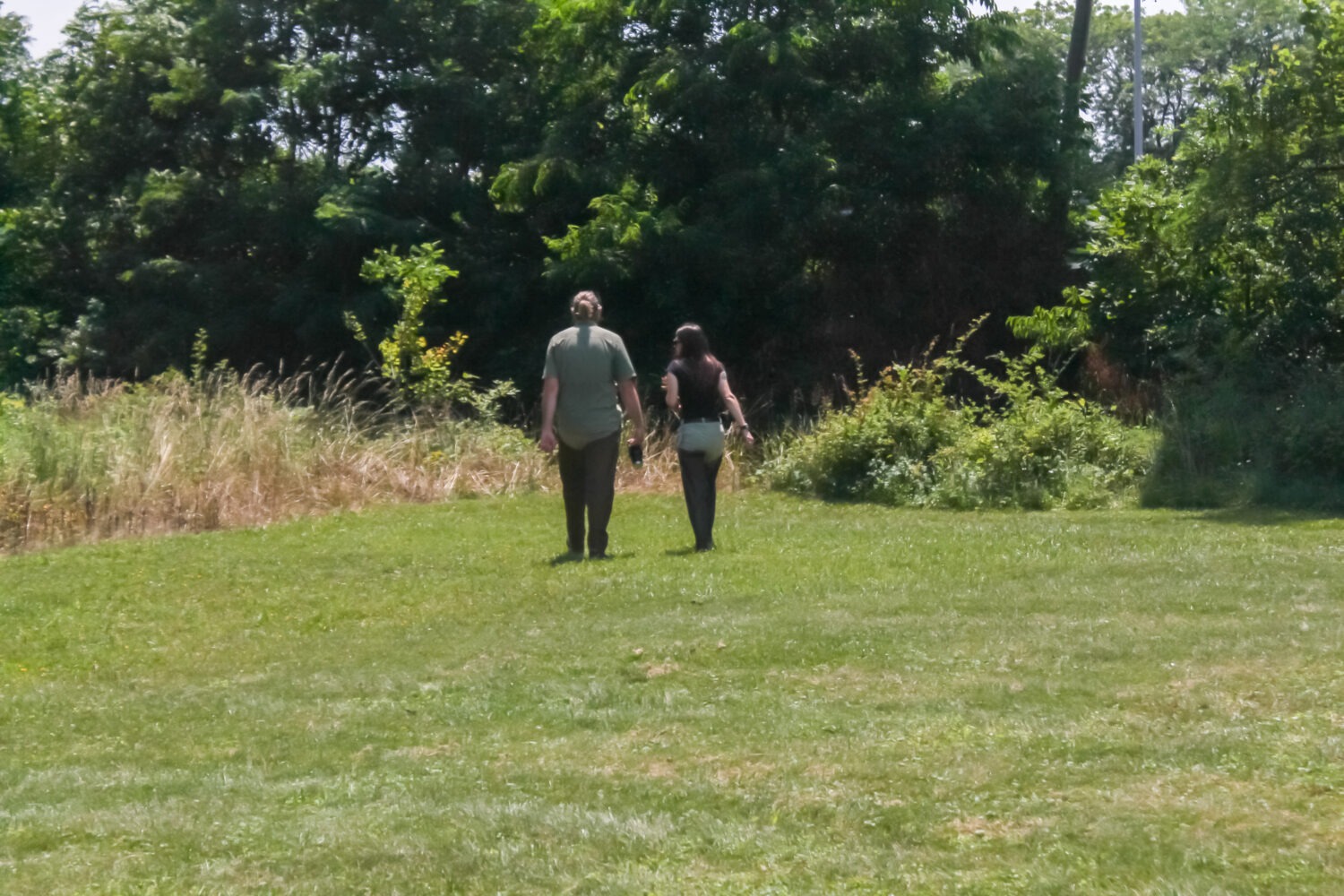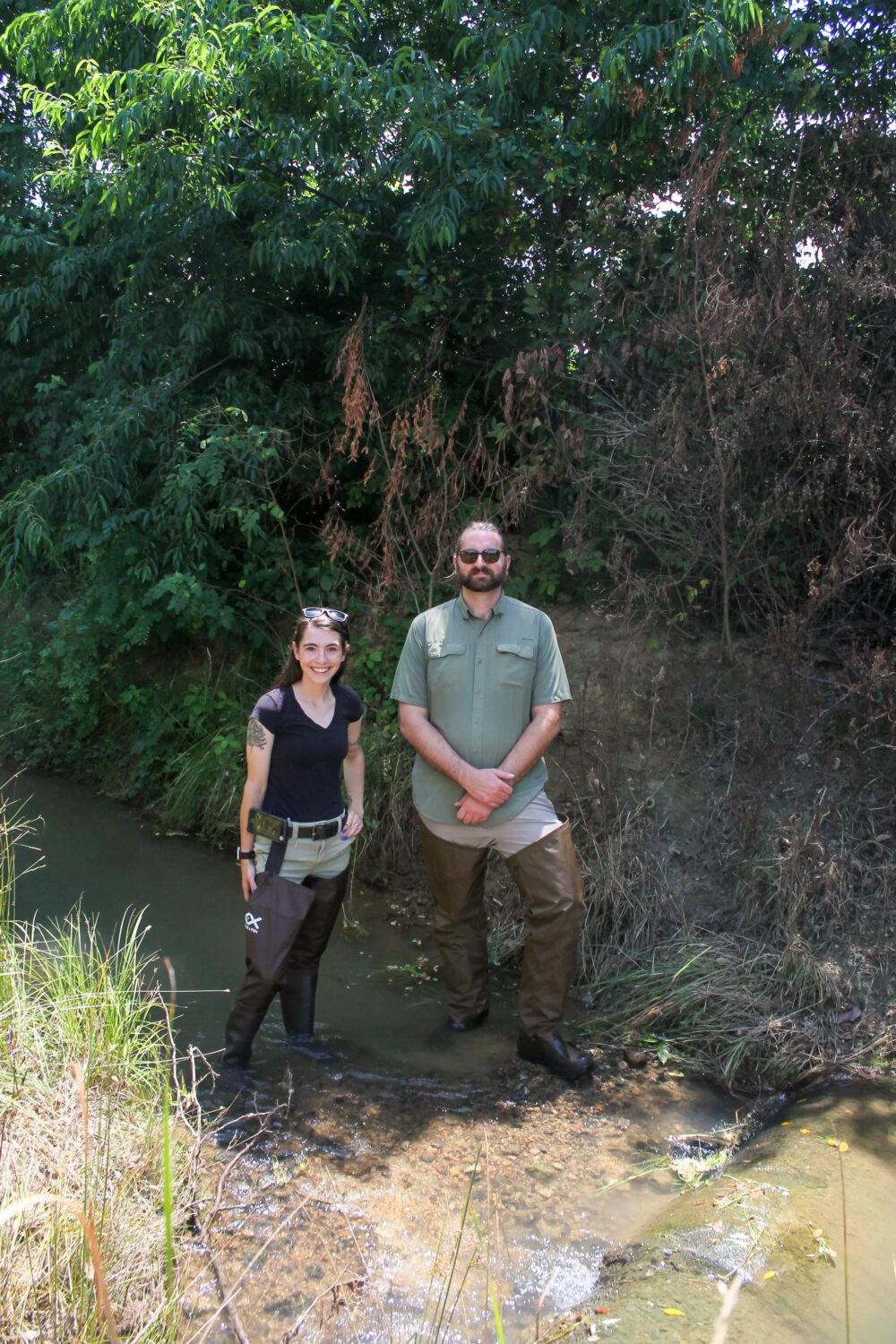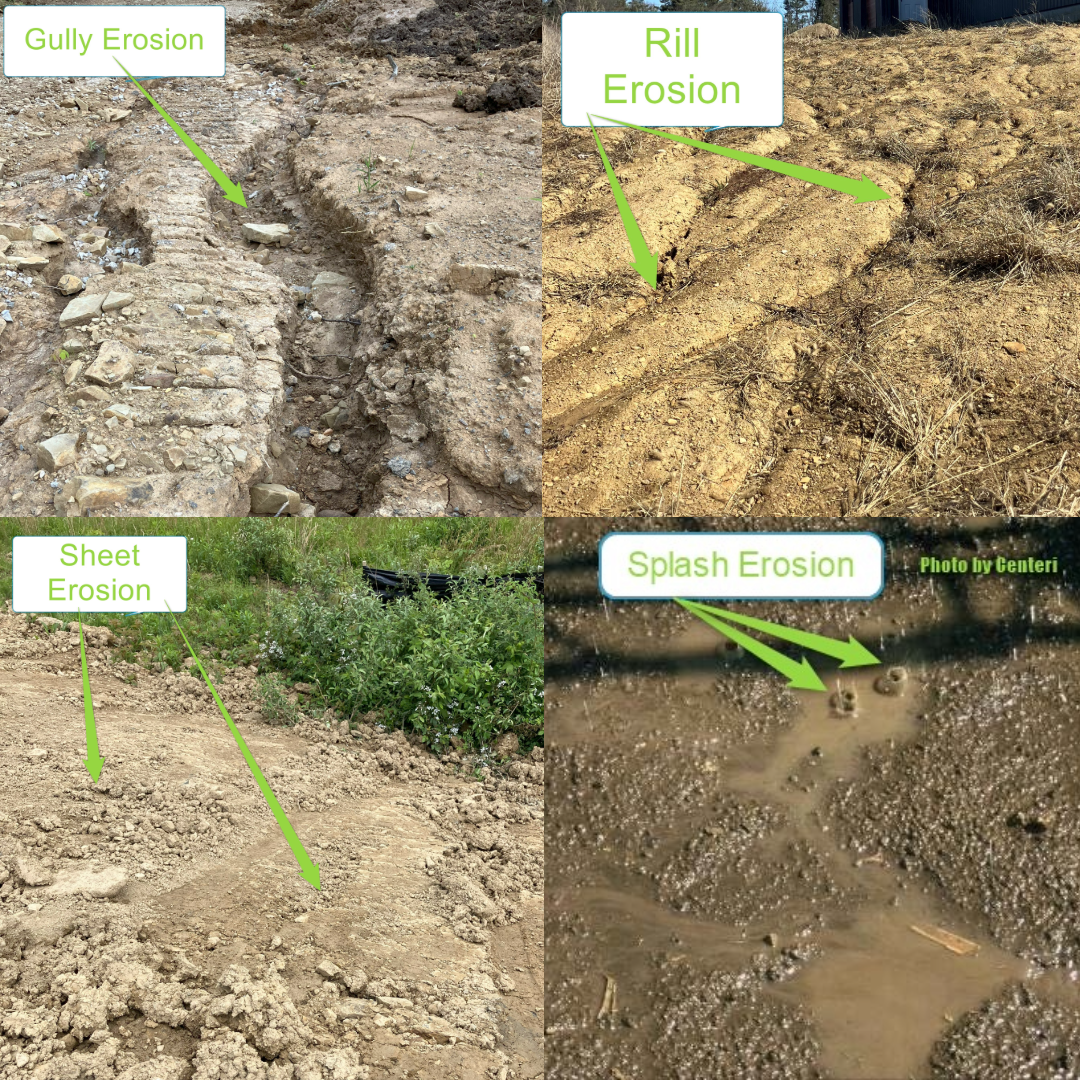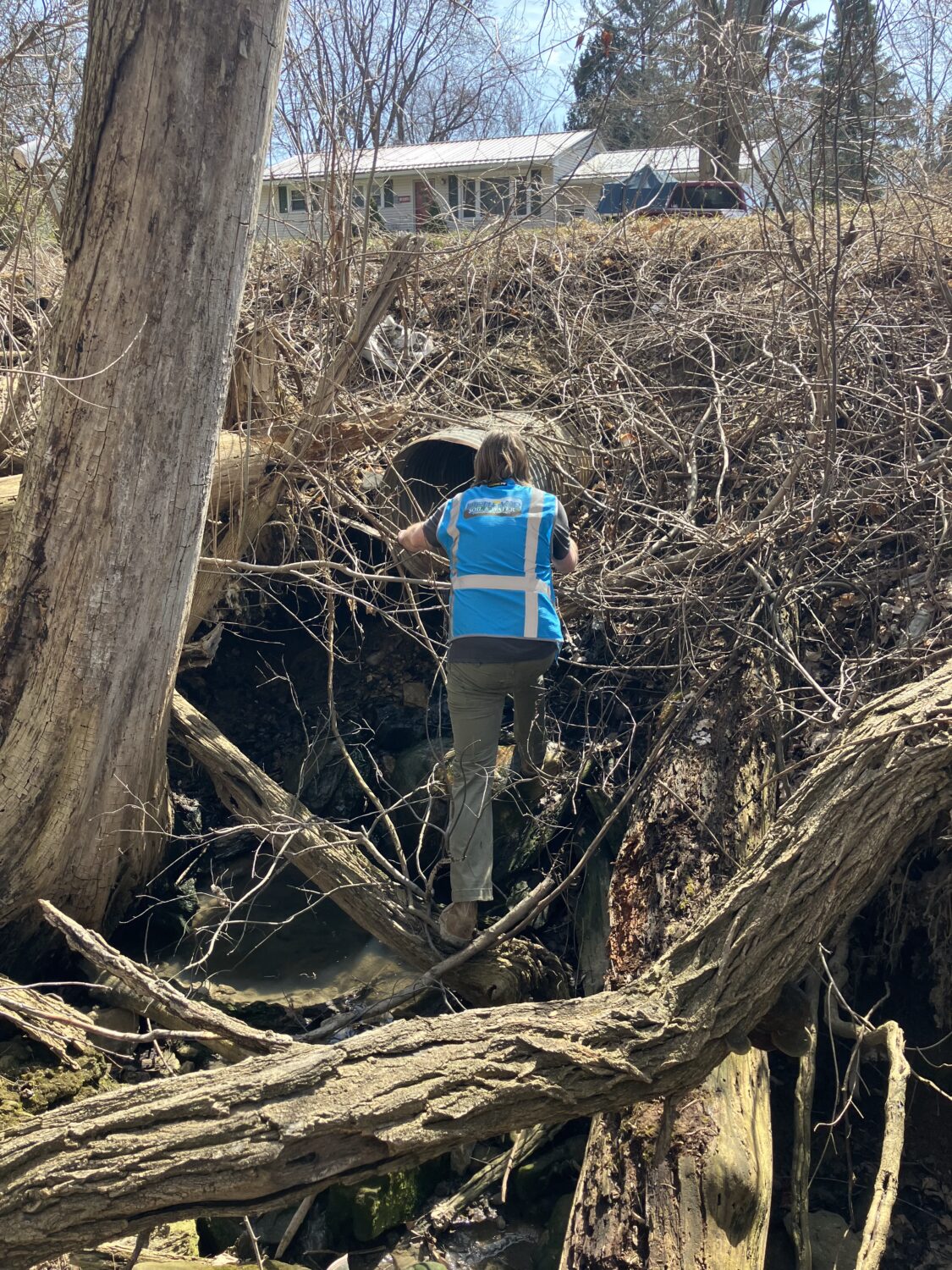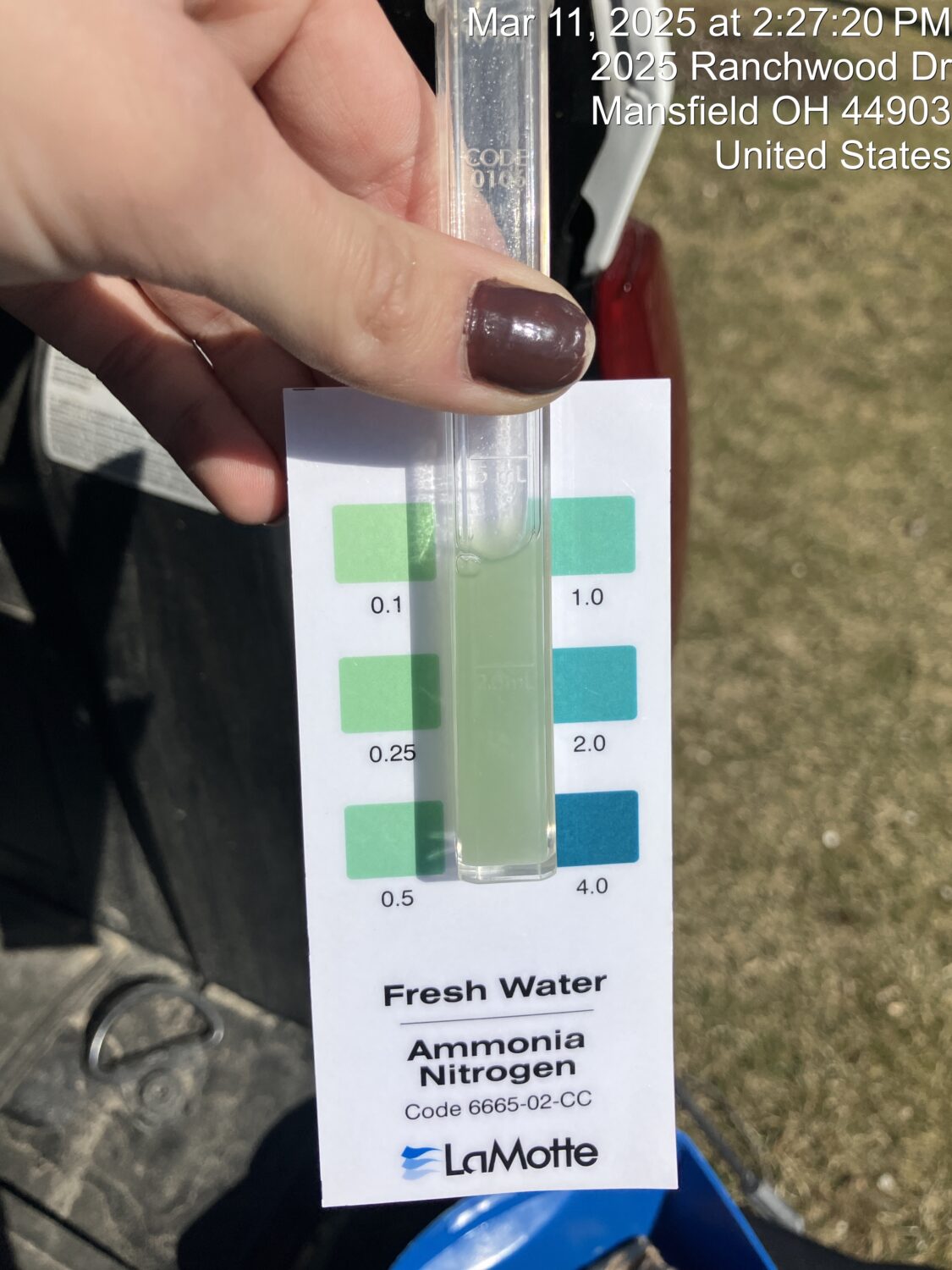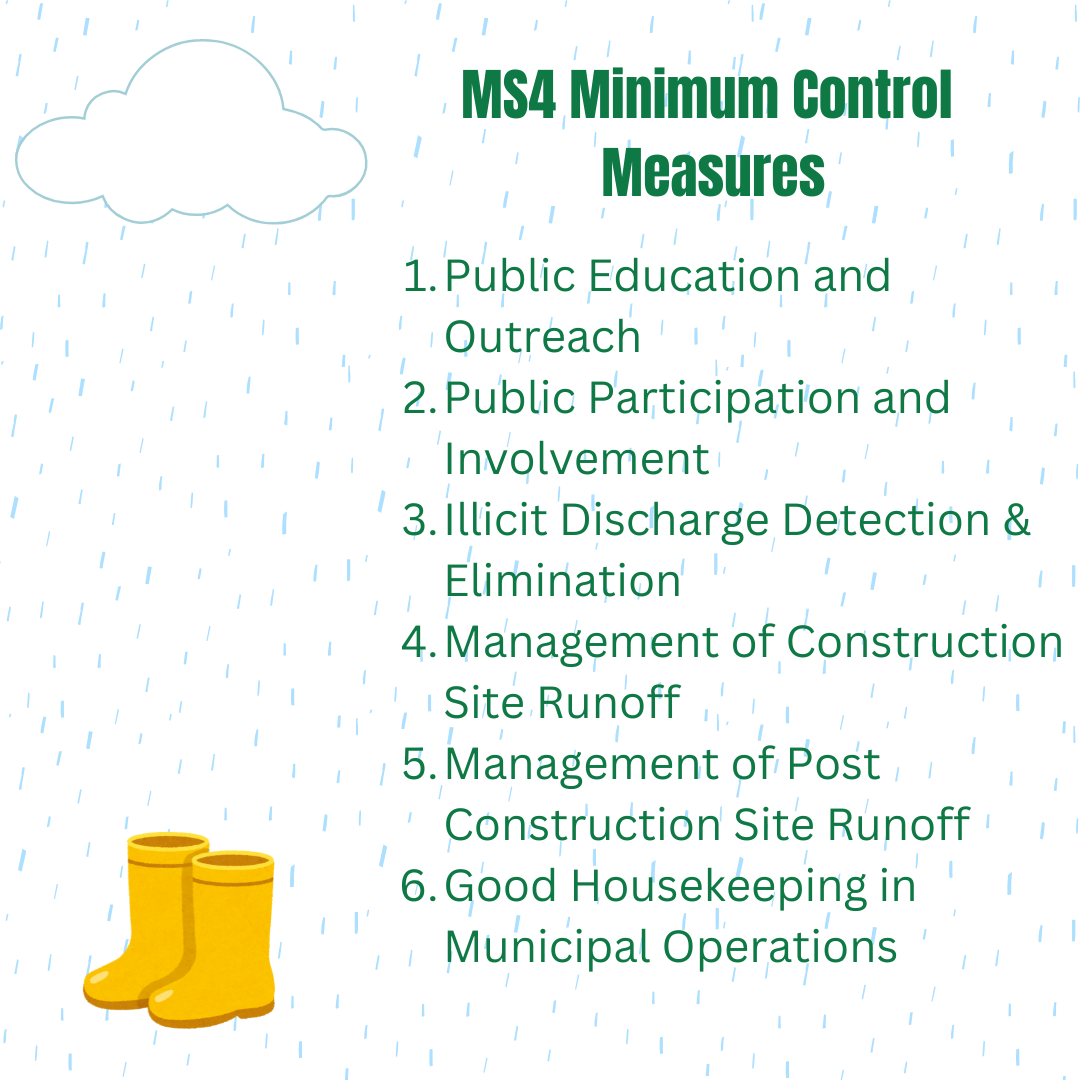Keep dirt where it belongs by using BMPs!
By Zoe Baumberger
Over the past couple months, we’ve taken a deep dive into the importance of keeping dirt in place and using proper stabilization techniques to prevent erosion. Last quarter, we covered some of the different types of erosion. For this final quarter we’re focusing on the Best Management Practices (BMPs) used to control erosion and sediment on construction sites.
Sediment and erosion controls work hand in hand to keep dirt in its place. Sediment controls are designed to stop sediment from leaving a construction site and reaching storm drains, roads and neighboring properties. BMPs like silt fences, check dams, fiber rolls and inlet protection act as physical barriers to trap sediment on-site.
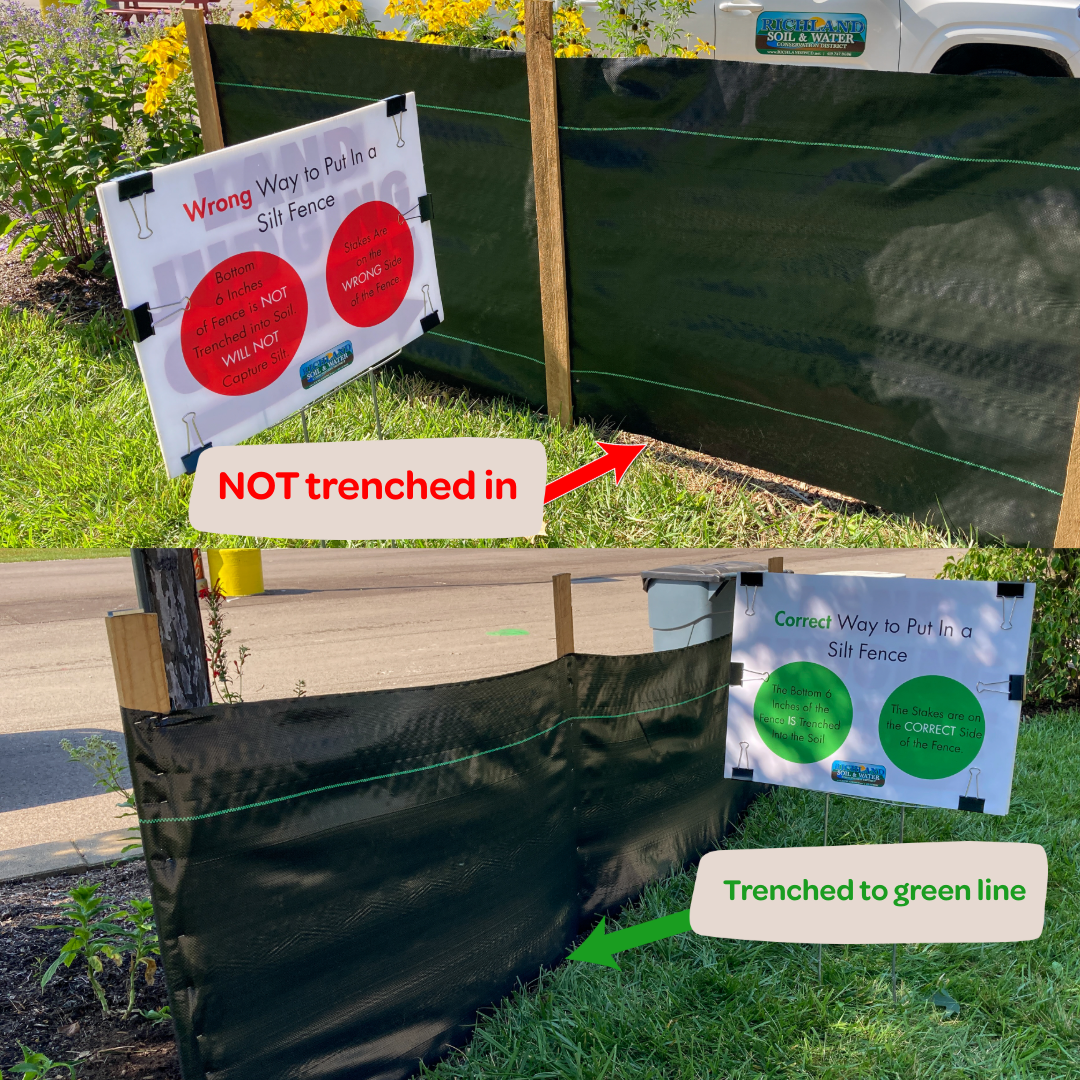
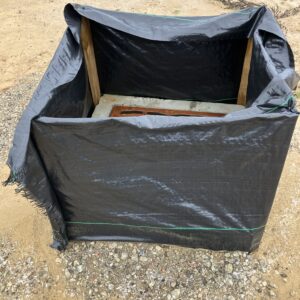
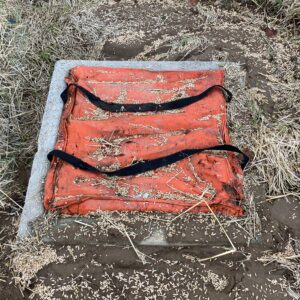
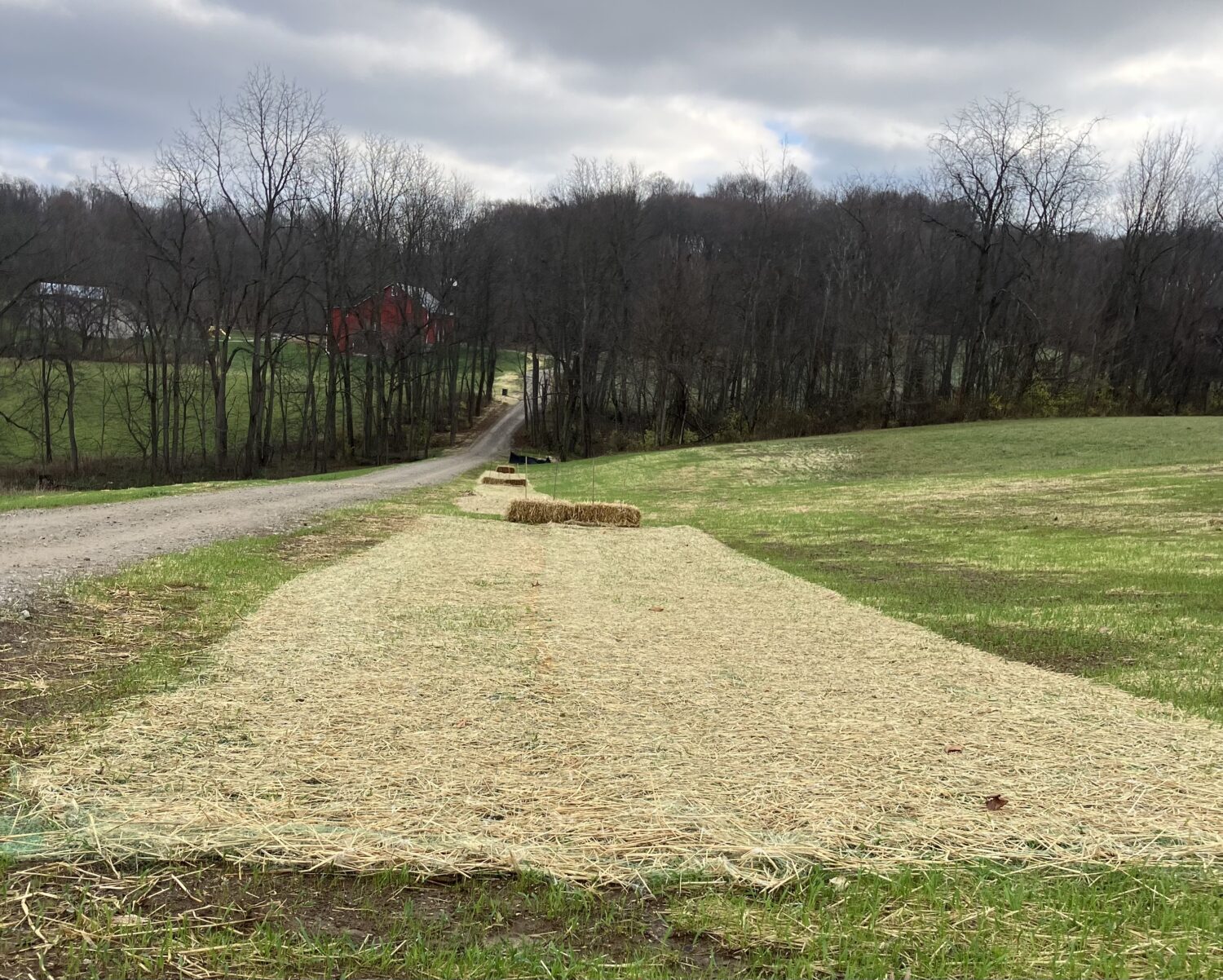
Erosion controls such as seeding, mulching, riprap and erosion control blankets/mating help prevent erosion from occurring in the first place by providing stabilization. These practices are key in protecting bare soil from wind and water erosion because the roots, stones, or mats hold the soil in place by covering it from the elements. Erosion controls are simple yet effective! Both sediment and erosion controls are critical tools for maintaining compliance and protecting our waterways from sediment pollution. If you’re wondering which BMP is best for you, please don’t hesitate to call our office at 419-747-8986.
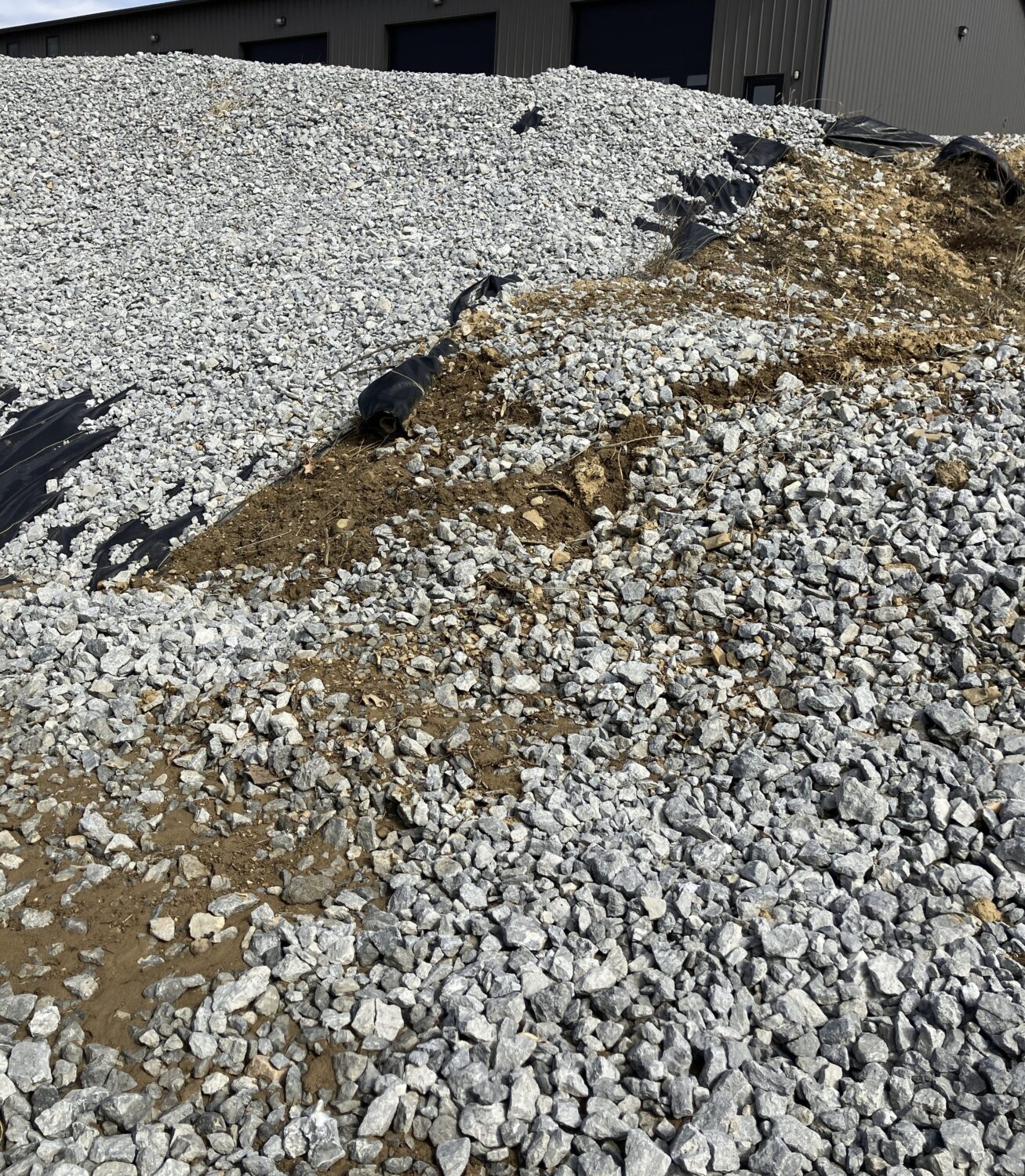
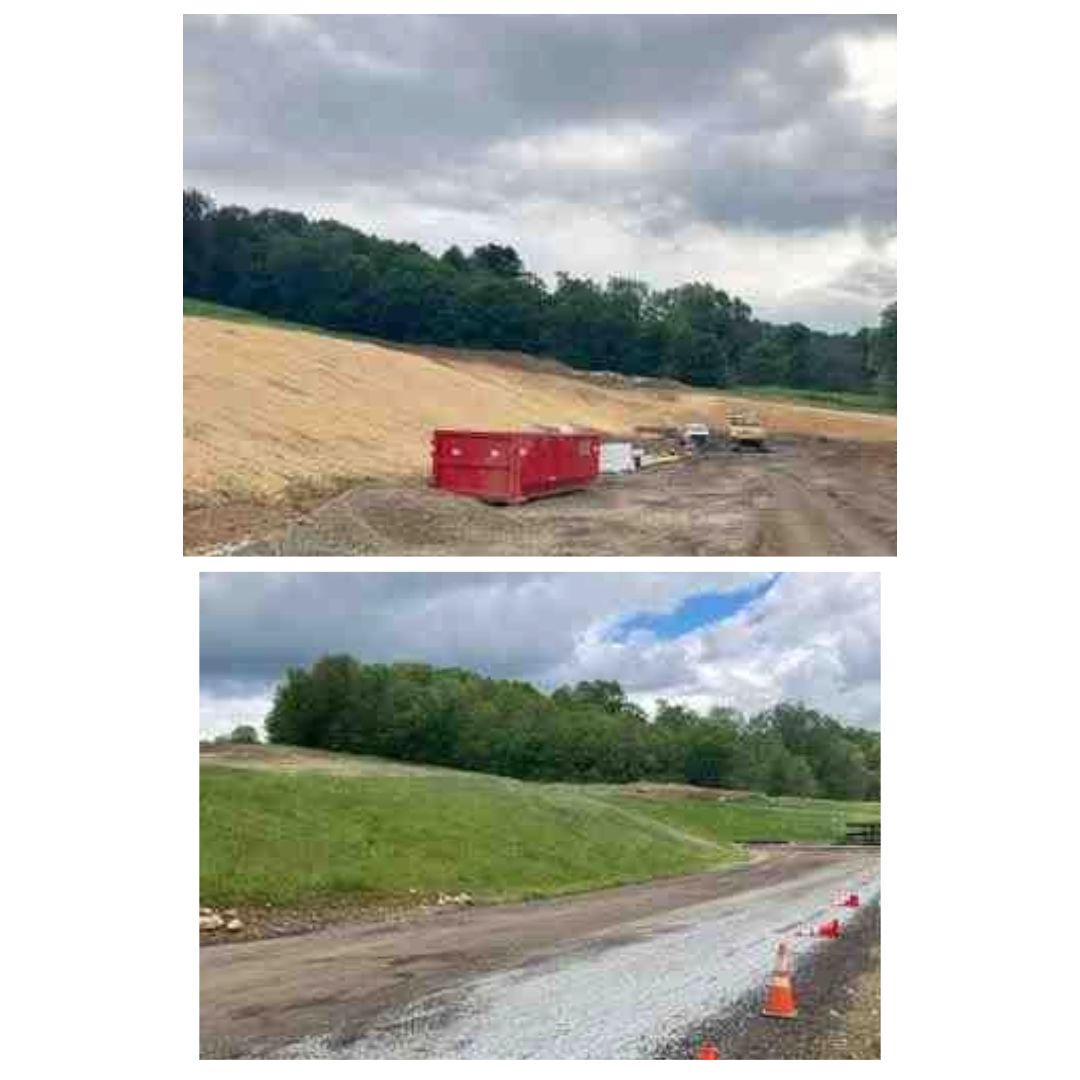
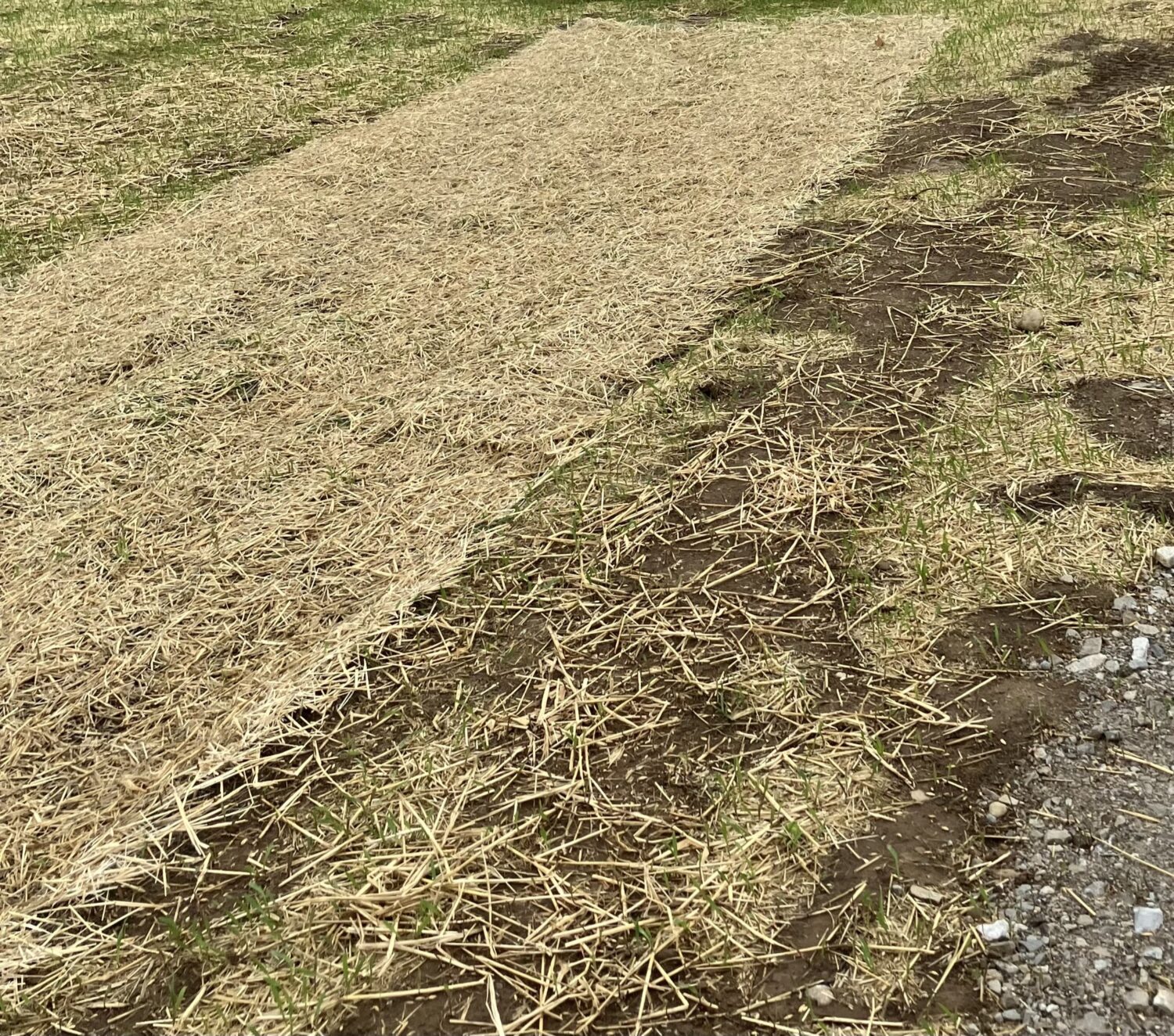
As we wrap up this year long series, it all comes back to one simple principle: keep the dirt where it belongs. Soil is one of our most valuable resources but when it leaves a site it becomes a pollutant. Every mat laid down, seed planted and silt fence trenched in plays a part in preventing erosion and protecting water quality. If there’s one thing to remember going forward it’s that good site management begins with keeping dirt in place.

